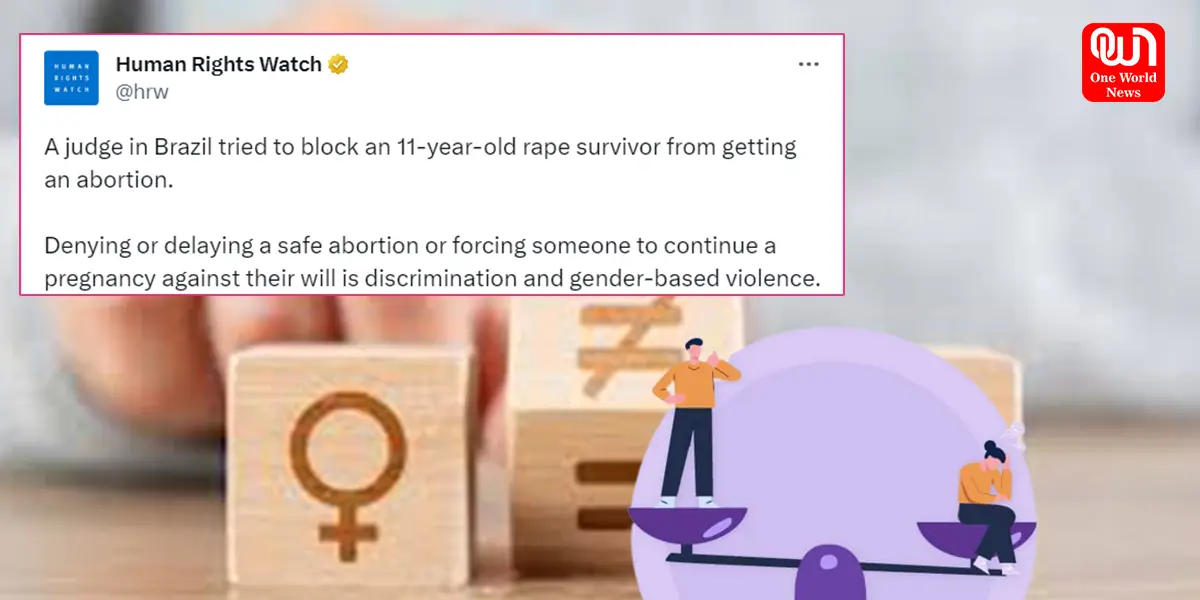Gender Equality is a Social issue that includes fair and equal treatment of individuals regardless of their gender.
Gender equality is an important social issue that involves the fair and equal treatment of individuals regardless of their gender. While significant progress has been made in advancing gender equality, challenges still persist. Here are some common challenges and potential solutions related to gender equality:
- Gender stereotypes and societal expectations: Traditional gender stereotypes and societal expectations often limit opportunities for individuals, reinforcing gender inequality. Men may face pressure to conform to certain masculine roles, while women may face discrimination or bias when pursuing careers traditionally dominated by men.
Solution: Raising awareness and challenging stereotypes is crucial. Educational institutions, media, and communities should promote diversity and challenge rigid gender norms. Encouraging individuals to pursue their interests and talents, regardless of gender, can help break down barriers.
- Gender-based violence and discrimination: Violence and discrimination based on gender, such as sexual harassment, domestic violence, and unequal pay, continue to be significant challenges worldwide. Such behaviors perpetuate power imbalances and hinder gender equality.
Solution: Implementing and enforcing strict laws and policies against gender-based violence and discrimination is essential. Additionally, promoting gender-sensitive education and awareness programs can help address and prevent these issues. Encouraging individuals to report incidents and providing support services for survivors are also important steps.
A judge in Brazil tried to block an 11-year-old rape survivor from getting an abortion.
Denying or delaying a safe abortion or forcing someone to continue a pregnancy against their will is discrimination and gender-based violence.https://t.co/9QzNxIcNJw pic.twitter.com/rmm9Nkq5uV
— Human Rights Watch (@hrw) June 27, 2022
- Lack of women in leadership positions: Women are underrepresented in leadership roles across various sectors, including politics, business, and academia. This underrepresentation limits diverse perspectives and perpetuates gender inequalities.
Solution: Promoting gender diversity and inclusion in leadership positions requires proactive measures. Implementing quotas or targets for women’s representation on boards and in decision-making positions can help bridge the gender gap. Offering mentorship programs, leadership training, and networking opportunities for women can also contribute to their advancement.
- Unequal access to education and employment opportunities: In many parts of the world, women face barriers to accessing quality education and equal employment opportunities. Limited access to education perpetuates gender inequalities, limiting women’s economic empowerment and social mobility.
Solution: Governments, NGOs, and educational institutions should work together to ensure equal access to education for all genders. Removing financial barriers, providing scholarships, and promoting girls’ education can help bridge the gap. Additionally, creating inclusive workplaces that offer equal pay, family-friendly policies, and flexible working arrangements can support gender equality in employment.
- Unpaid care work and gender roles: Women often bear a disproportionate burden of unpaid care work, including childcare and household chores. These gendered expectations limit women’s participation in the workforce and hinder their economic independence.
Solution: Sharing caregiving responsibilities more equally between genders is crucial. Policies supporting affordable childcare, parental leave, and flexible work arrangements can help address these challenges. Promoting shared responsibilities within families and challenging traditional gender roles can contribute to a more equitable distribution of care work.
Reminder:
Women & girls continue to struggle with the burdens of
❌Unpaid domestic & care work
❌Informal employment
❌Motherhood penalty
❌Restrictive gender roles
which impact their mental health.Today and every day, let us balance the load.
Are you with us? pic.twitter.com/FBOxYgEnHv
— UN Women (@UN_Women) December 11, 2022
6. Unequal pay:
Equal pay for men and women is still not a reality. In 2020, women earned 84% of what men earned for the same job, and Black and Latina women earned even less. This gender pay gap has persisted over the past years, shrinking by just 8 cent in 25 years. There are multiple reasons to blame, including “sticky floors” that result from traditional social norms that keep women from choosing higher-paying roles and male-dominated industries, unequal access to education, and discrimination.
Read more:- 5 women who proved their mettle fighting against all odds
Commitment to equal pay = Commitment to gender equality.
It's that simple.💼👩💼 pic.twitter.com/twU8kjPxaM
— UN Volunteers (@UNVolunteers) July 8, 2023
These are just a few challenges and potential solutions related to gender equality. Achieving gender equality requires concerted efforts from individuals, communities, governments, and organizations. By challenging discriminatory practices, promoting equal opportunities, and fostering inclusive environments, we can work towards a more equitable and just society.
Read more:- ‘Women for Women’ will Bring the Change
Liked this post?
Register at One World News to never miss out on videos, celeb interviews, and best reads.









